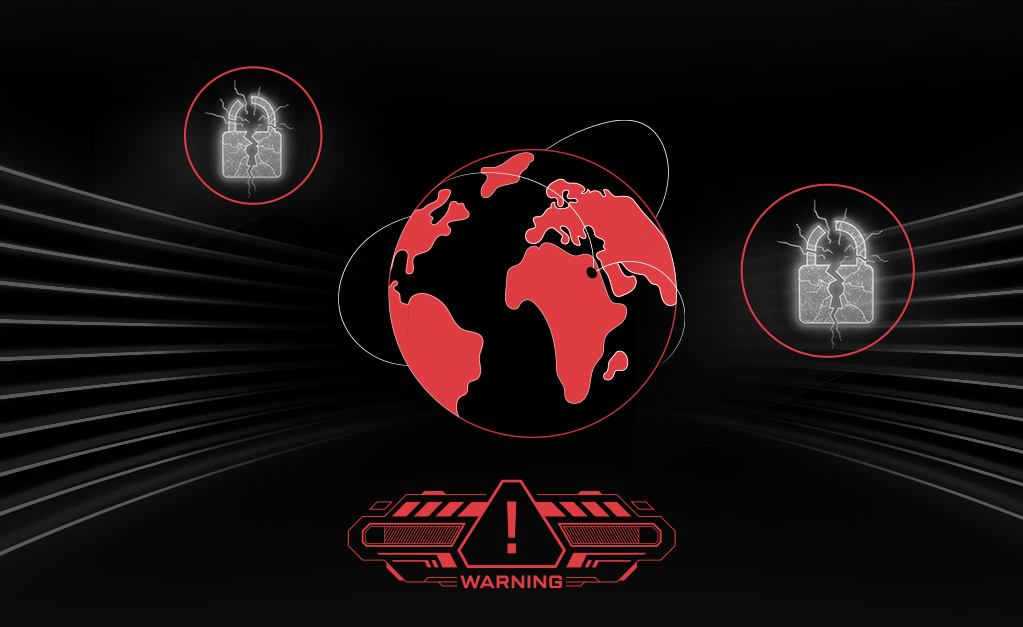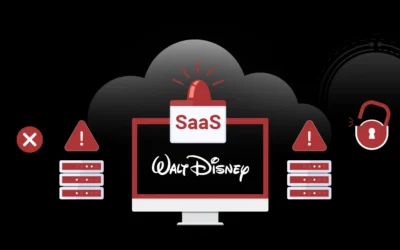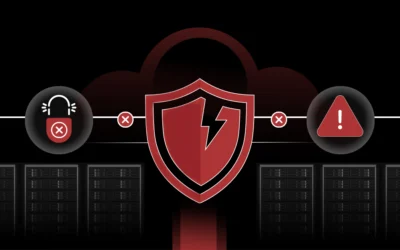What Microsoft’s DDoS Outage Reveals About Hidden DNS Risks

When Microsoft confirmed that a distributed denial-of-service (DDoS) attack had caused a nearly eight-hour disruption across Azure, Microsoft 365, and other services, headlines focused on the sheer volume of the attack. But beneath the surface was something far more concerning, and far more preventable. It wasn’t just the attack that caused widespread issues. It was Microsoft’s own misconfigured response that amplified the damage.
This incident is a wake-up call: DDoS protection alone isn’t enough. The real threat may lie in how DNS, routing, and traffic management systems are configured, and whether they’re being monitored at all.
A DDoS Attack That Wasn’t Supposed to Succeed
In July 2024, Microsoft suffered a significant outage that affected the Azure portal, Microsoft 365 apps (like Outlook), Microsoft Purview, and even gaming platforms like Minecraft. Initial reports described it as a volumetric DDoS attack that overwhelmed Microsoft’s infrastructure. These disruptions lasted for many hours, with varying levels of availability depending on region.
But Microsoft later acknowledged that it had DDoS protection mechanisms in place, and those protections failed not because of lack of capacity, but due to a configuration error in its own mitigation systems. These changes, meant to redirect traffic and reduce impact, made things worse.
It wasn’t until hours later that Microsoft was able to stabilize services by re-routing through alternative network paths and rolling out an updated mitigation strategy across geographies.
Misconfigurations at Scale: A Growing Attack Surface
It’s easy to view DDoS protection as a question of scale: more bandwidth, better filtering, bigger cloud. But Microsoft’s experience proves that the true vulnerability is in the configuration layer, particularly DNS and routing logic.
Microsoft’s response architecture likely involved DNS routing rules, content delivery networks (CDNs), Azure Front Door, and failover paths. Each of these components relies heavily on DNS configuration to work as intended.
Here’s where it could have gone wrong:
- Traffic re-routing may have introduced latency or misdirection due to incorrect DNS settings.
- CDN dependencies may have tried to resolve domains before DNS records were fully propagated.
- Region-specific traffic routing may not have matched DNS TTL settings or resolver availability.
When these configurations aren’t tightly monitored and validated, the response to an attack can unintentionally magnify its effects, just as it did in this case.
DNS: The Quiet Infrastructure Most Enterprises Overlook
While firewalls, cloud controls, and endpoint protections are routinely logged and reviewed, DNS remains one of the most under-monitored layers in enterprise security stacks. DNS is viewed as an IT utility, not a security asset. That’s a mistake.
Every cloud migration, failover setup, and SaaS integration depends on DNS functioning correctly. If DNS is misconfigured:
- Subdomains may point to deprecated or hijackable endpoints.
- Failover may route traffic to invalid or incomplete infrastructure.
- Misaligned TTLs can create inconsistent access across regions or devices.
Despite this, DNS is rarely included in security strategies. It isn’t monitored in real-time. It isn’t part of SIEM alerts. And it’s often managed by infrastructure or DevOps teams in isolation, far from the security operations center. Without visibility into the DNS layer, organizations may not even realize what’s broken until it’s too late.
The Lesson from Microsoft: Visibility Is Resilience
Microsoft has one of the world’s most mature security architectures, with real-time telemetry, global threat intelligence, and advanced mitigation capabilities. Yet it was undone by a misconfiguration.
That’s because resilience is not just about capacity, but also about clarity. Being able to see how DNS records, network routing policies, CDN settings, and application endpoints all interact during a crisis is critical to preventing outages from spiraling.
Despite having some of the most sophisticated infrastructure in the world, Microsoft was undone by:
- A misconfiguration in its mitigation logic
- Inadequate visibility into how routing decisions were affecting performance
- A lack of real-time feedback on DNS behavior during the attack
This wasn’t a zero-day exploit or a sophisticated nation-state operation. It was a textbook case of “you can’t secure what you can’t see.”
Where DNS Security Comes In, and Why It’s Missing
DNS misconfigurations aren’t rare. They’re inevitable in dynamic, cloud-first environments. What matters is whether organizations have the right tools to:
- Detect misconfigured or exposed DNS records
- Monitor for DNS drift over time
- Alert when new routing paths don’t align with DNS infrastructure health
- Identify hijackable subdomains or dangling CNAMEs before attackers do
Most security tools today don’t offer that kind of visibility. SIEMs ignore DNS until there’s a breach. Cloud-native tools stop at load balancers. And DNS record changes, often made by infrastructure or DevOps teams, go unreviewed.
That’s where purpose-built DNS-layer security comes in.
How DNS Security Tools Like CheckRed Close the Gap
The Microsoft incident highlights the need for DNS-layer security intelligence: a capability that most enterprises lack. CheckRed is built to fill this gap by making DNS security visible, actionable, and automated.
Here’s how:
- Real-time monitoring of DNS records, changes, and drift across environments
- Misconfiguration alerts for exposed, stale, or hijackable records (like dangling CNAMEs)
- Behavioral baselining to detect anomalous queries and resolution patterns
- Threat intel correlation at the DNS level, flagging domains associated with known malicious infrastructure
- Policy validation to ensure that DNS logic matches failover, CDN, and access control intentions
With this kind of insight, enterprises can identify issues before they escalate into business disruptions and avoid the kind of amplification Microsoft experienced.
Conclusion: You Can’t Ignore DNS Any Longer
Microsoft’s outage will be studied for a long time, but the lesson is already clear. External attacks may trigger a disruption, but internal misconfigurations determine how far it spreads. DNS is no longer just an infrastructure component. It’s a security signal, a resilience tool, and a critical source of risk if left unmonitored. If you’re not watching your DNS layer, you’re not seeing the full picture. CheckRed helps you bring it into focus before it costs you. Take a DNSPM demo today to learn more!


